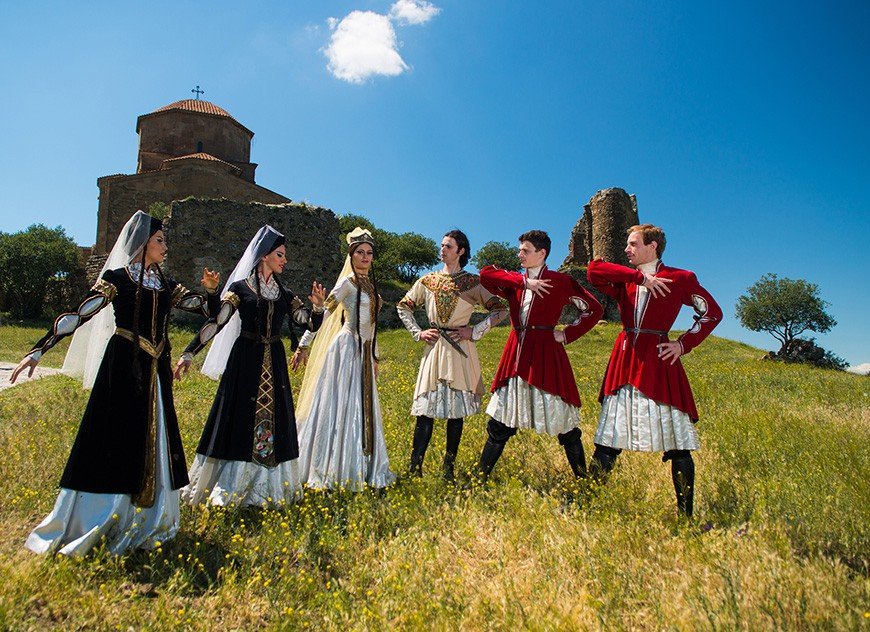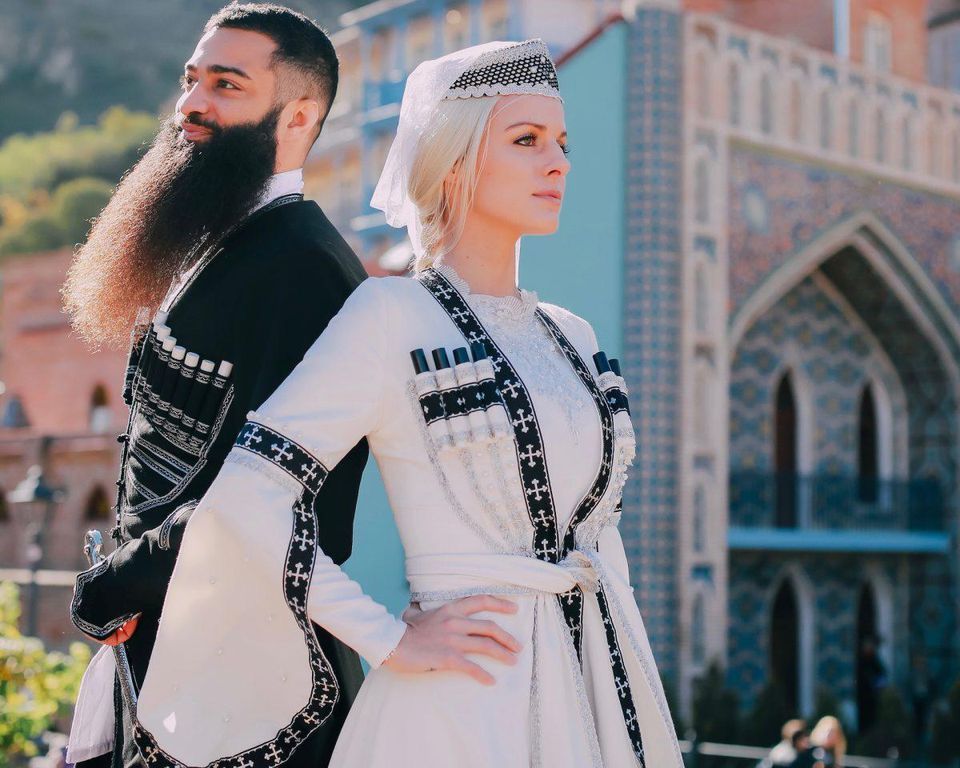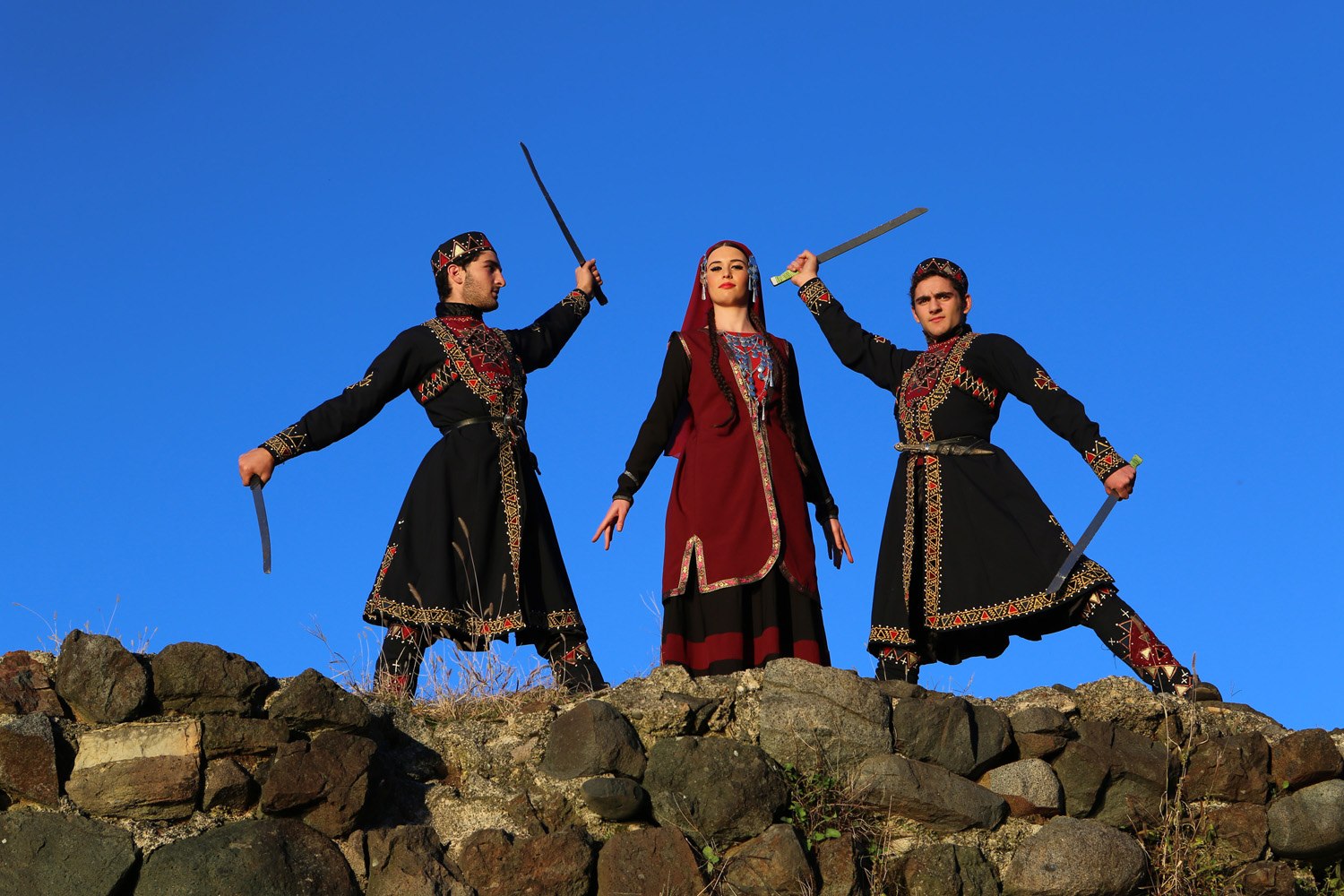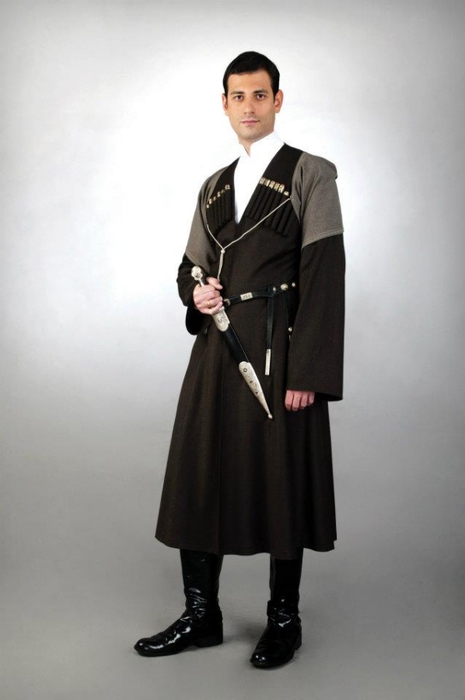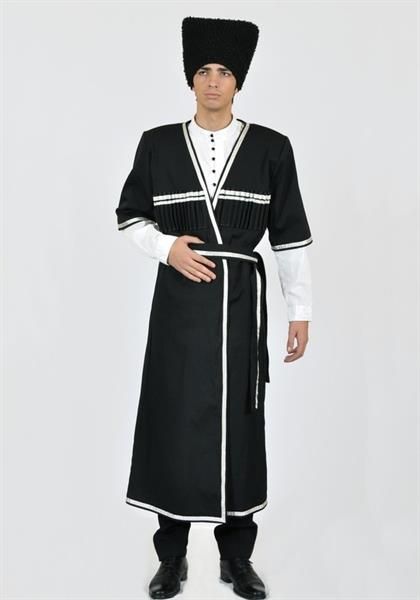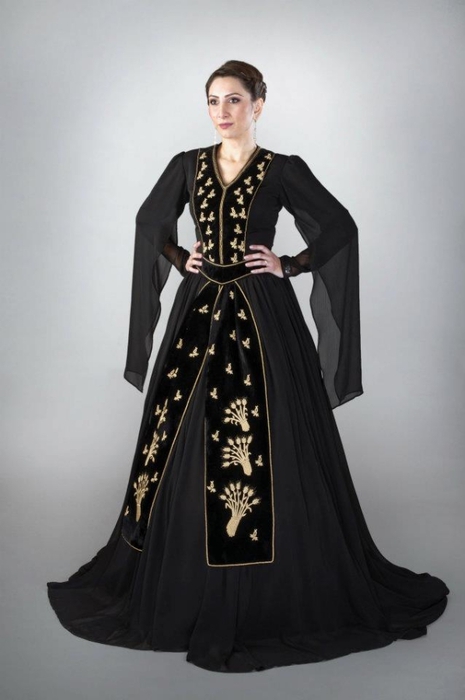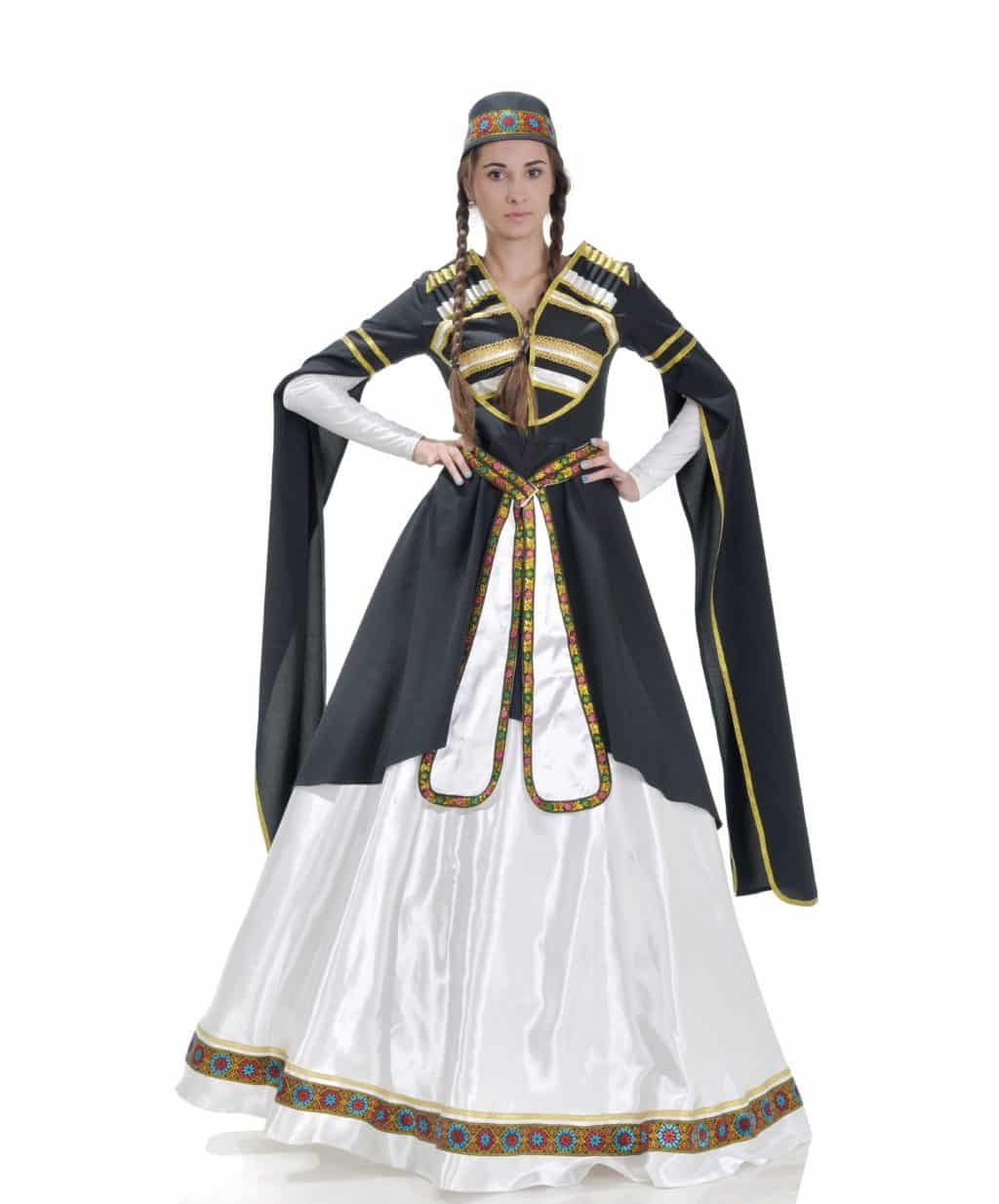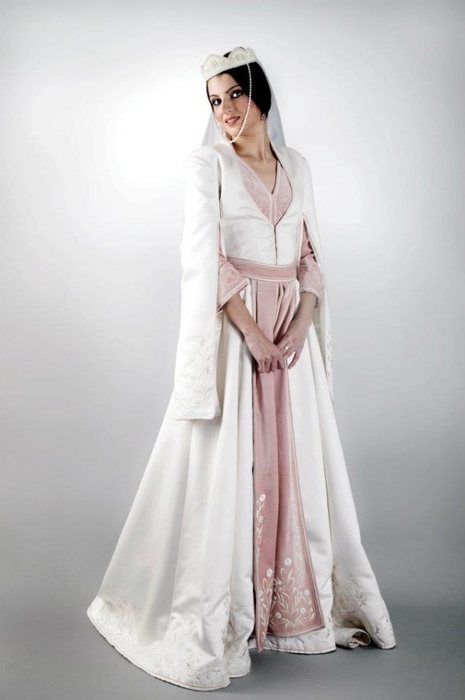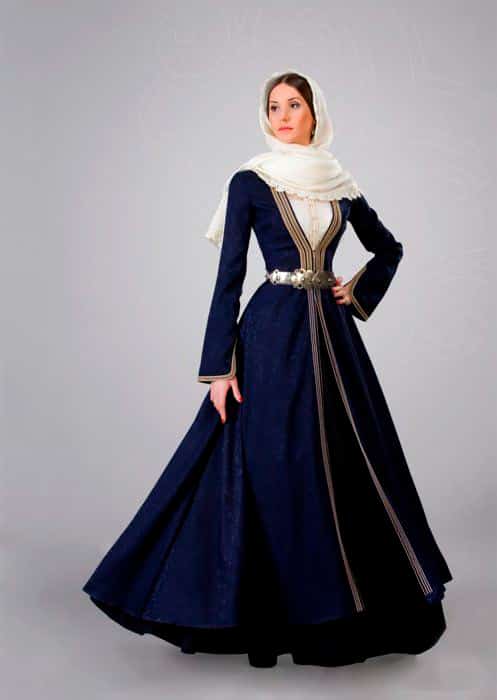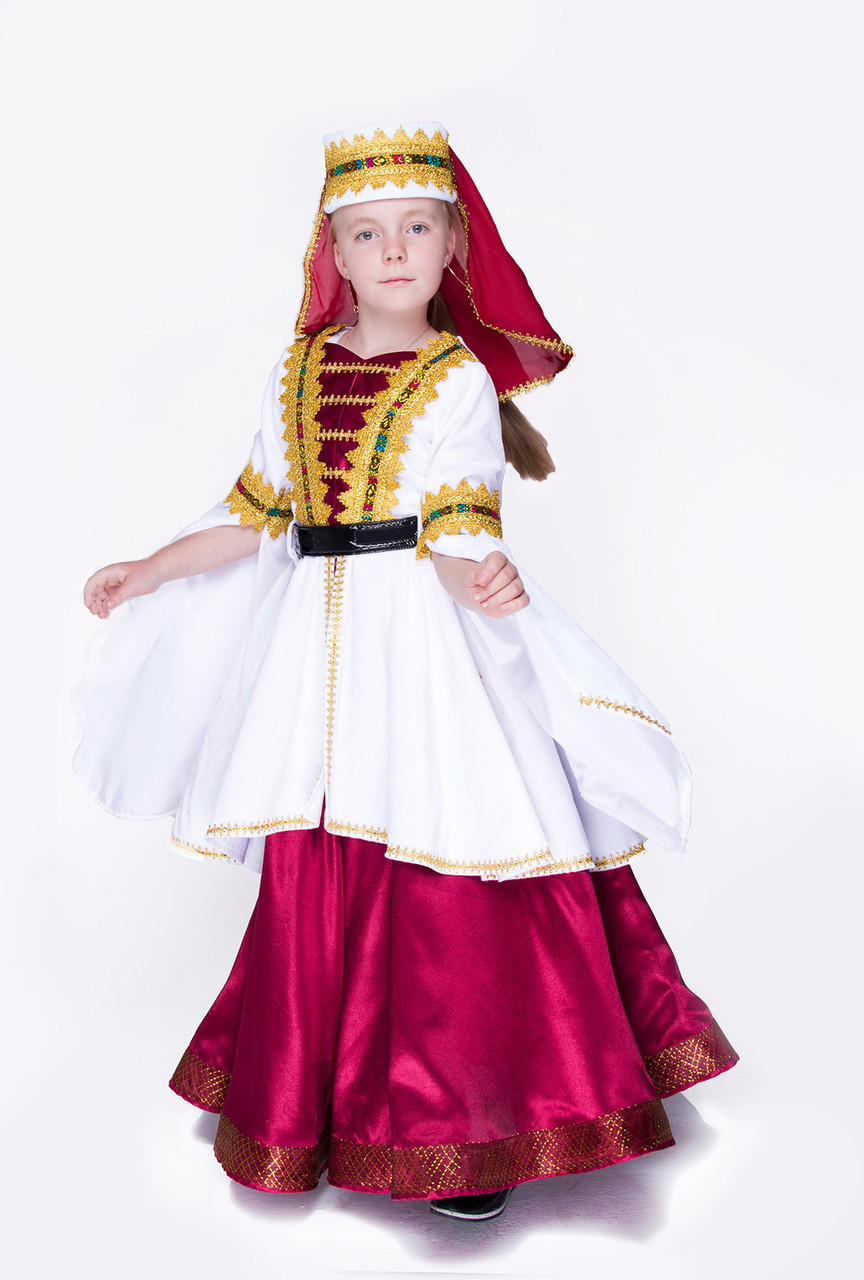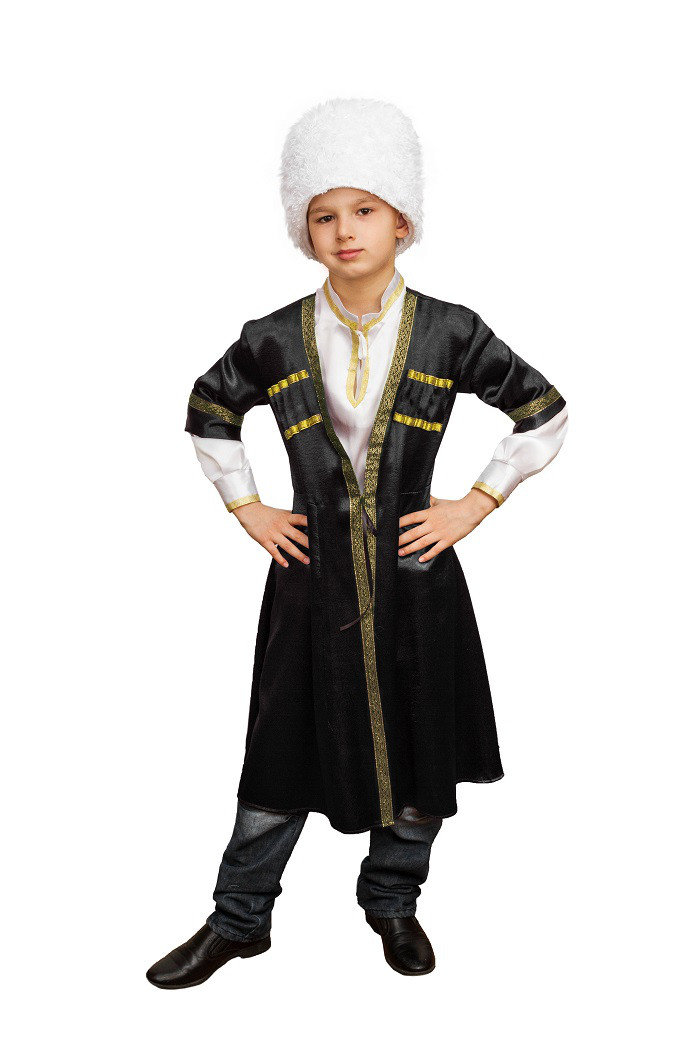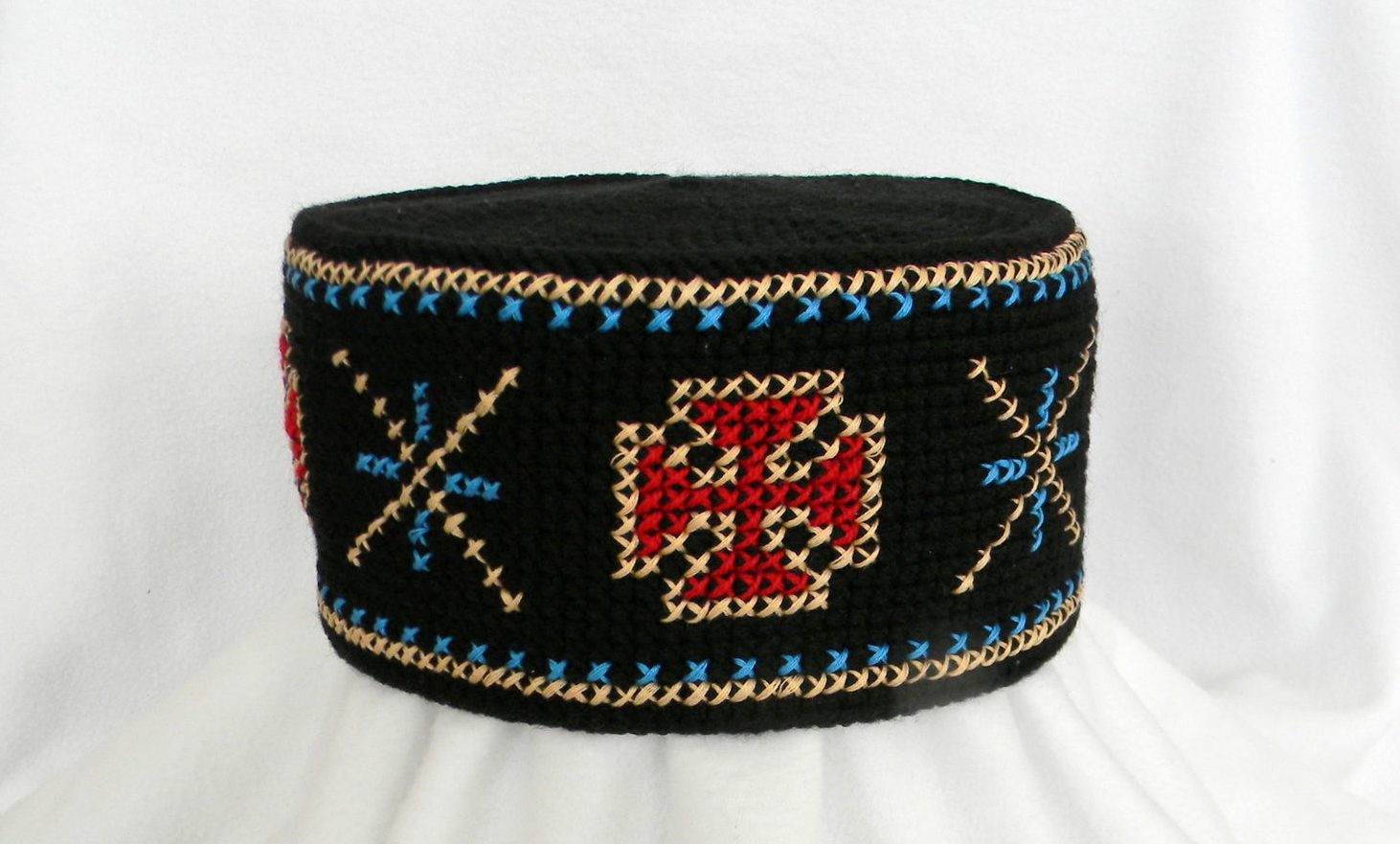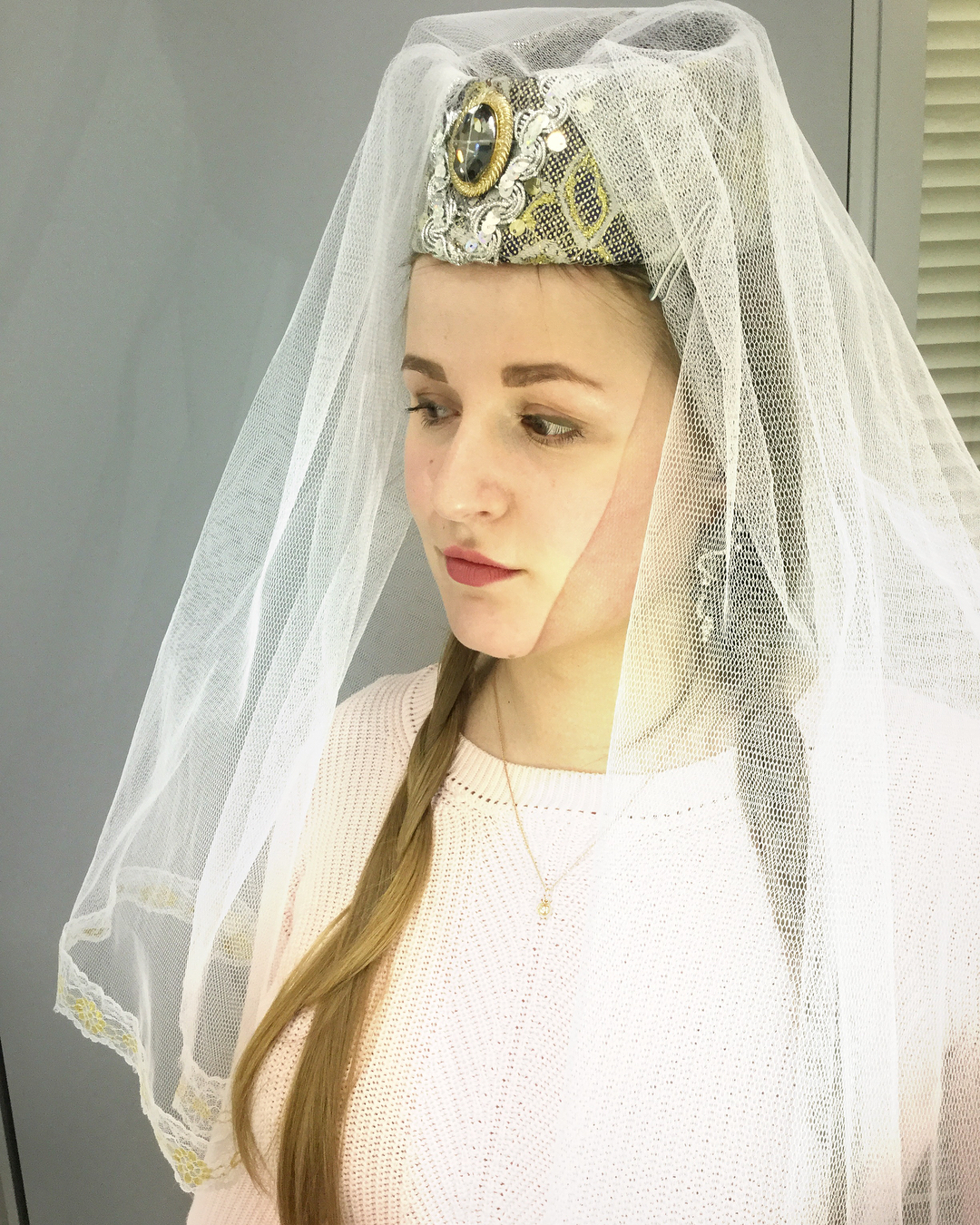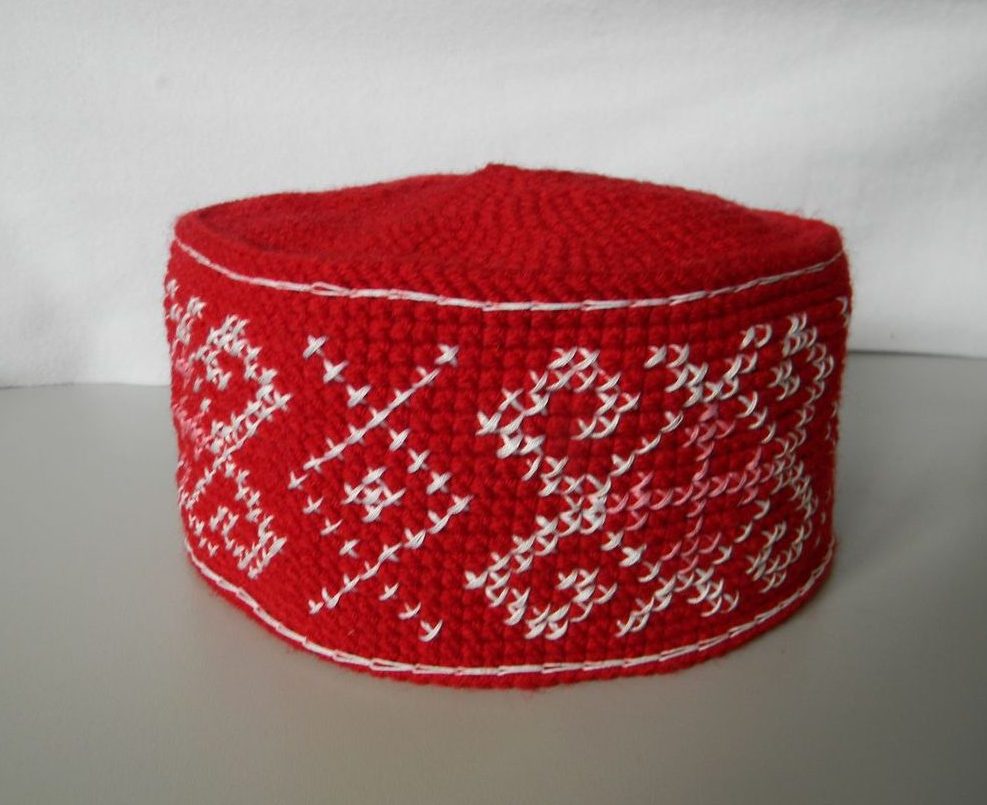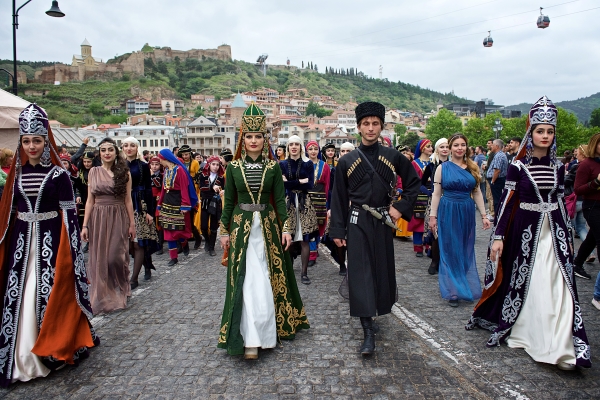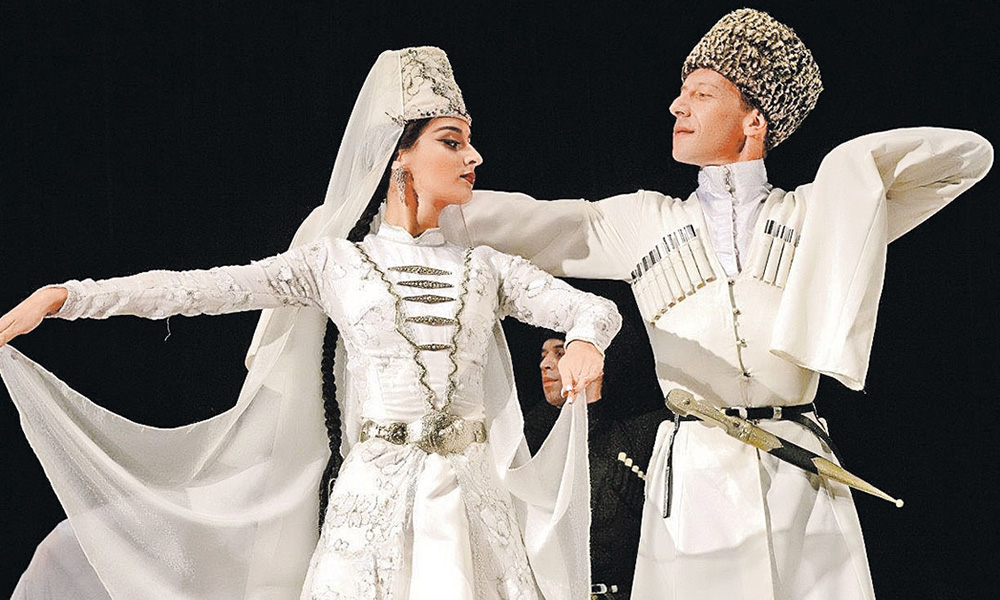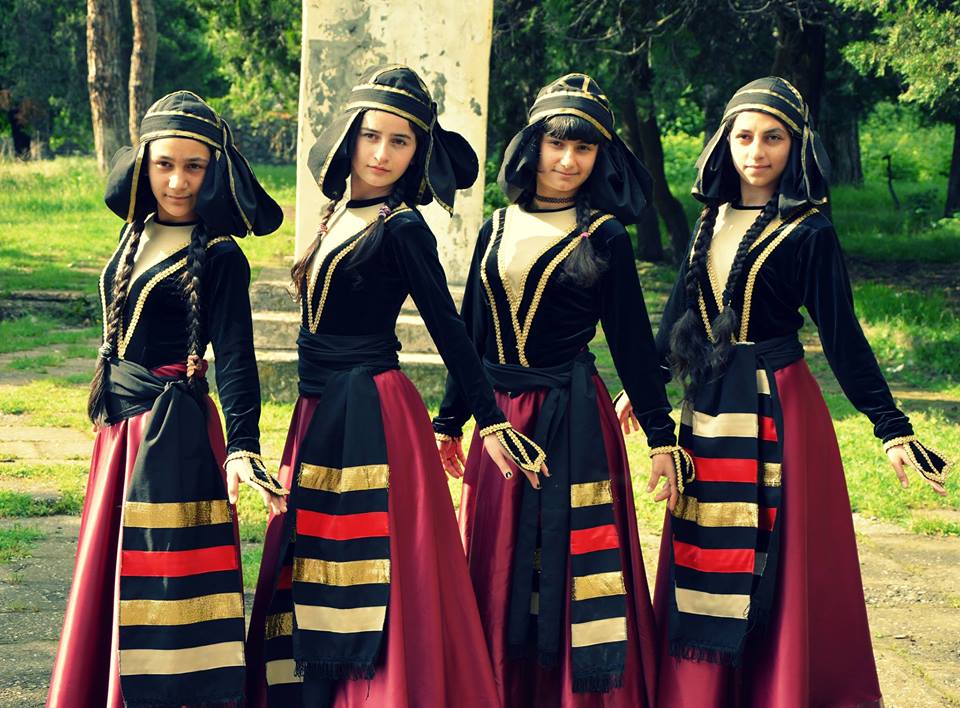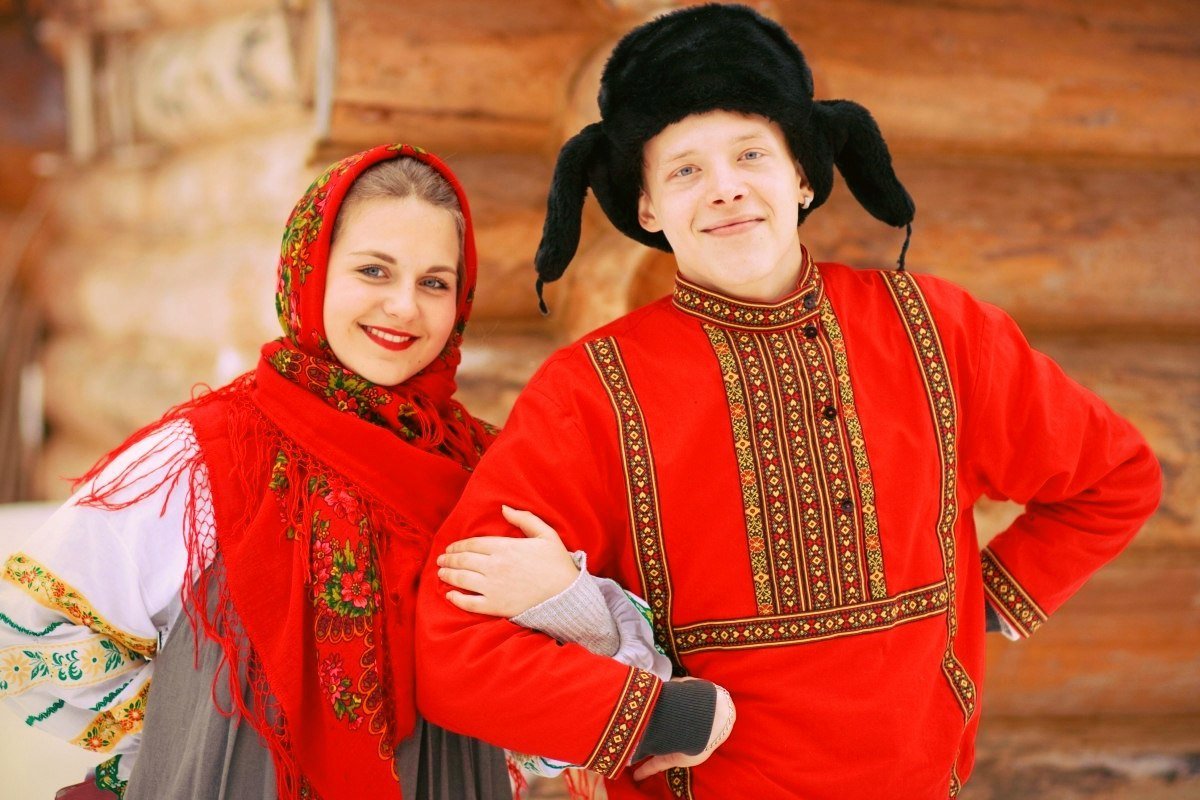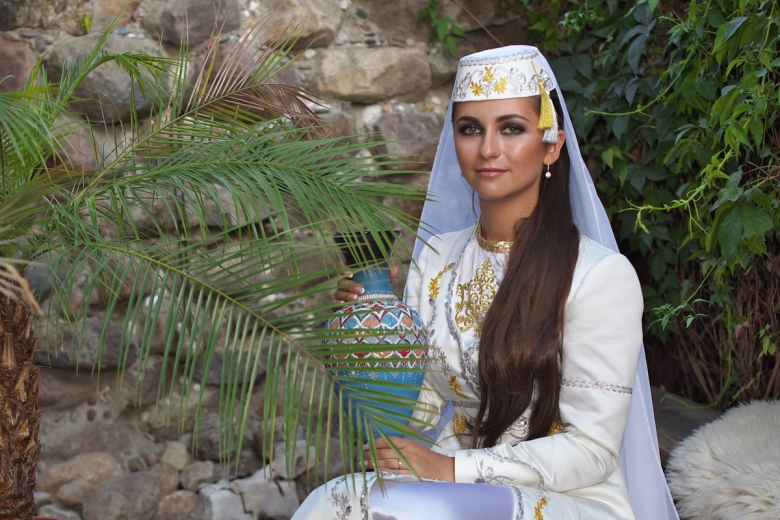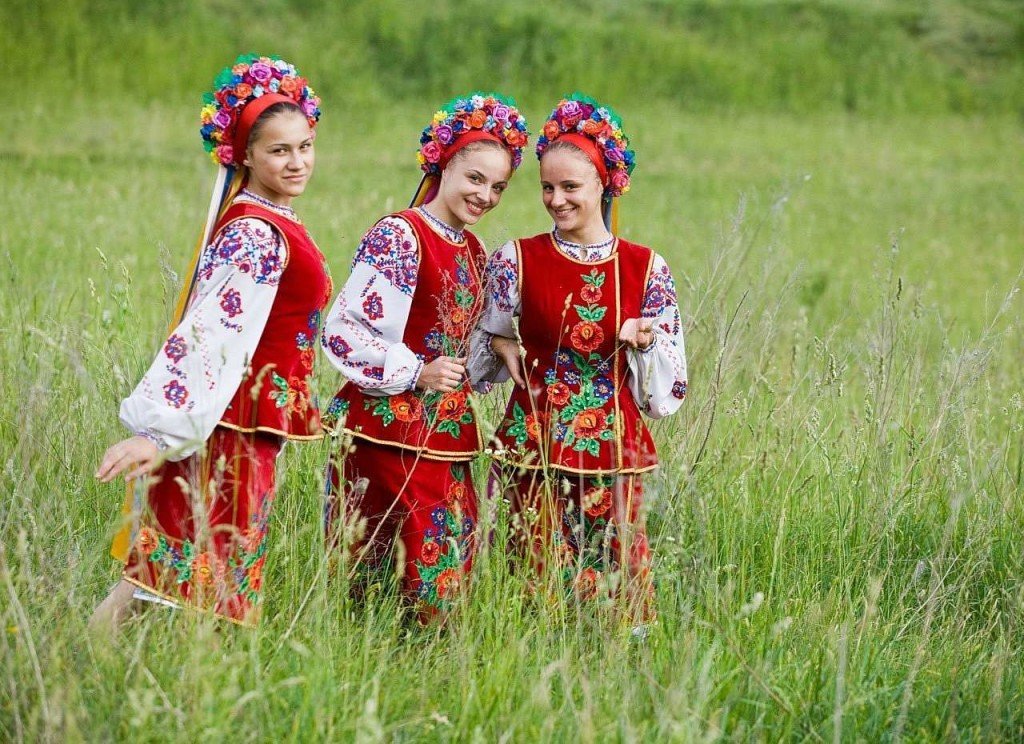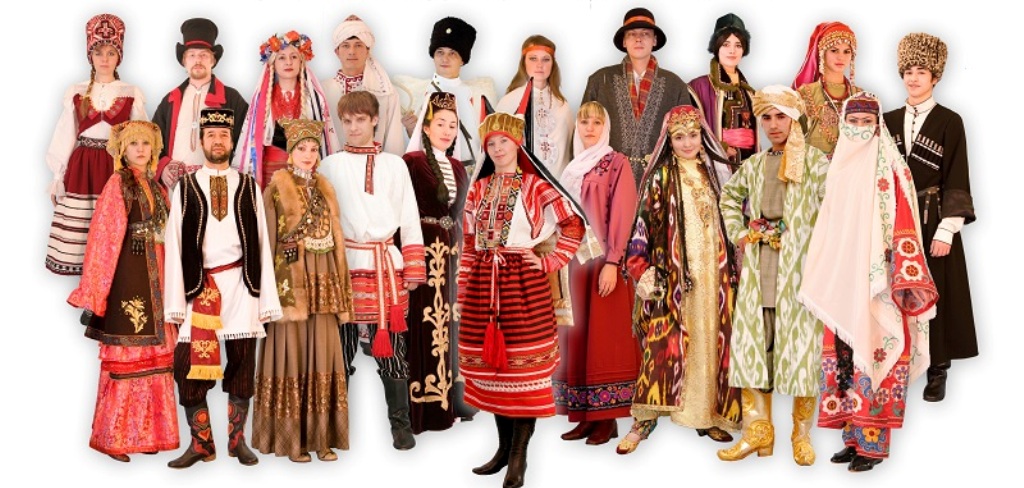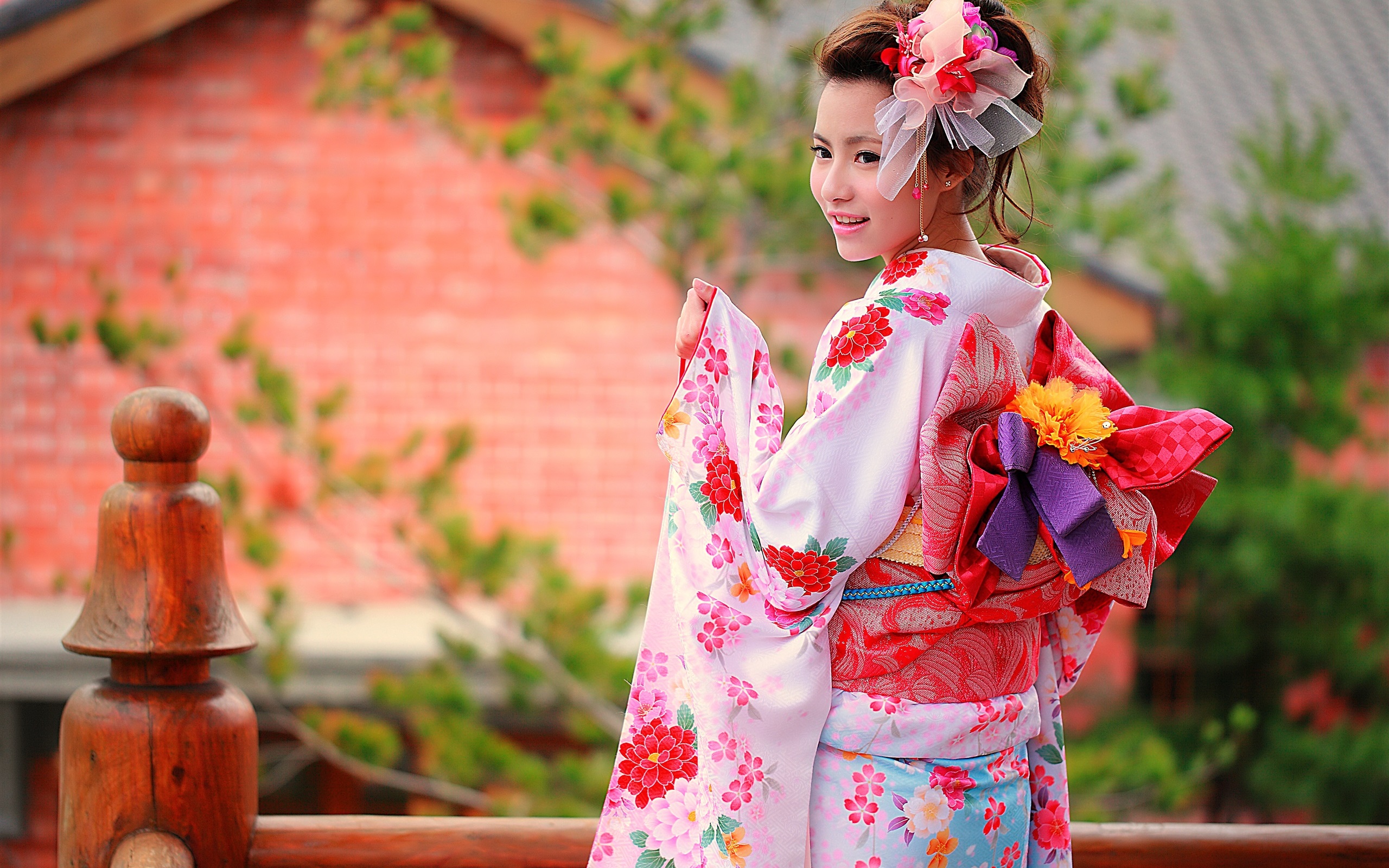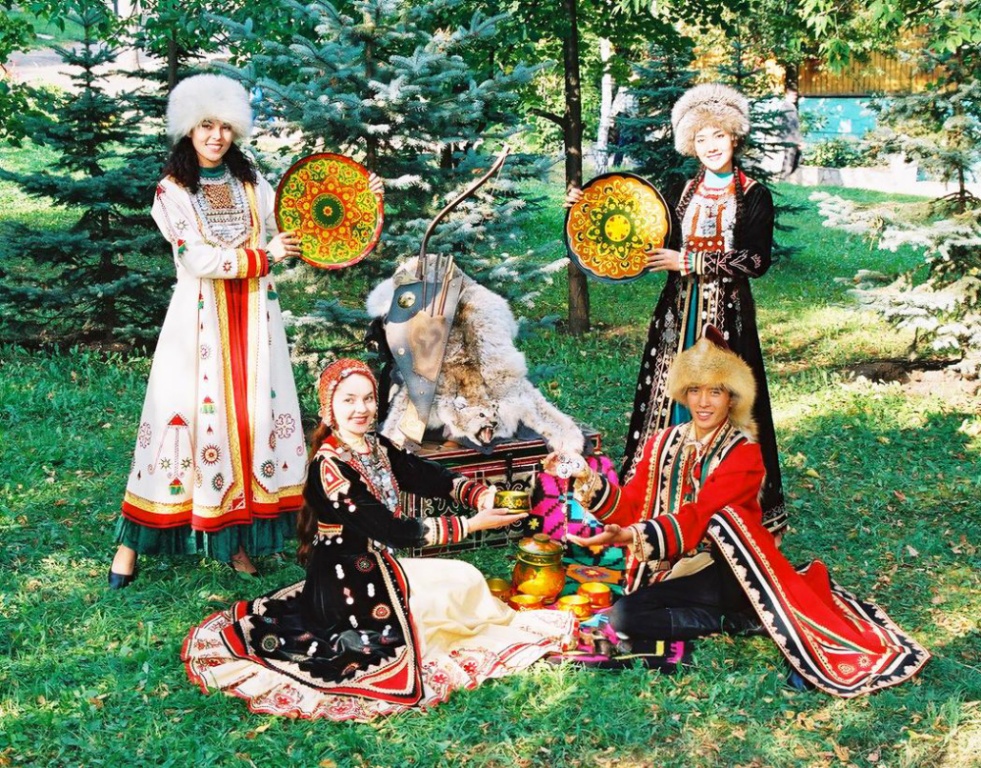Traditional clothing reflects the cultural features and customs of the people. The Georgian national costume, which was widespread throughout the country until the beginning of the 20th century, is no exception. It is distinguished by its severity and elegance. This costume is the cultural heritage of the state, so Georgians revere it and still wear it on holidays or other national ceremonial events.
Features and characteristics
The Georgian national costume reflects the character, class affiliation and ethnic norms of the representatives of this nation. Clothing varied depending on the climate, social status, and features of everyday life. Everyday and festive attire, children's, women's and men's attire also differed.
The main features of the Georgian national costume appeared in the 9th century. At that time, it was distinguished by modesty and severity. It emphasized the character traits of the people, their pride, strength and fortitude. Initially, such features in clothing appeared in the South Caucasus. There, they began to wear a special outfit called "chokha". This is a universal wardrobe item for men and women, which was worn everywhere. At first, traditional clothing was exquisite, but gradually became more strict, closed. Sleeves were lengthened, fewer decorations were used. The severity and simplicity of the cut made the costumes comfortable. Only at weddings did they try to wear more elegant clothes.
For the rich, costumes were made from expensive materials - silk, satin, velvet, fur. Gold thread and pearls were used as decoration. Embroidery, galloons, buttons, twisted cords, stripes, patch pockets served as decorations on clothes. A belt was obligatory for men and women. The clothes of ordinary people were made from cheaper materials - cloth, satin, linen or canvas.
Black and white are the traditional colours of Georgian costumes. They were used in any class, for holidays, in everyday life. Burgundy or gray were used for decoration. For rich people, clothes were made in blue, green or red. Women could use brighter colors on holidays.
Male
The Georgian male costume was multi-layered. The emphasis was especially on the man's broad shoulders. The clothing consisted of several elements:
- The perang's undershirt was usually white.
- Two pairs of trousers were worn. The lower ones were shendishi, and the upper ones were sharvali. They were loose.
- A mandatory element of the costume was the chokha (Circassian coat). Traditionally, it was black, gray or brown. Festive chokhas could be white or blue. They were belted with a leather belt, to which a dagger was attached. The length of the chokha was below the knees.
- Nobles wore a kulaja on holidays. It is a kind of short velvet dress that is worn over clothes.
- Traditional clothing included short arkhaluks, a shirt with a stand-up collar.
- The kaba's distinctive feature was its split sleeve. It opened the arm from the shoulder to the elbow, and narrowed at the wrist, covering the fingers.
- In winter, warm clothing was made of fur. Men wore a fur coat, jacket or sleeveless cloak made of padibi cloth.
Chokha is a mandatory element of men's clothing. It was considered indecent to go out without it, even in the summer heat.
Female
The women's national costume is distinguished by its tenderness and colourfulness. It is designed to highlight the beauty of the figure, so it was created with a tight bodice and a clearly defined waist. A long wide belt decorated with a traditional ornament was a mandatory element. Women's clothing was multi-layered, which did not deprive it of elegance.
Traditional Georgian costume for women had several mandatory elements:
- The outer garment was called katibi. It was made of velvet or wool, had a fur lining or was quilted with cotton wool. The sleeves were slit, and there was an elegant clasp at the waist.
- Long dresses were called kartuli and were worn by all women. They were made very tight with the help of lacing. There was a deep neckline in the front, which was covered with an insert of a contrasting color. The bodice of the dress was decorated with braid, pearls, embroidered with beads or gold thread.
- Under the dress, it was necessary to wear underwear: a perangi shirt and trousers.
- The woman's head and face were covered with a baghdadi scarf or a lechaki tulle veil.
Unlike everyday clothes, the bride's wedding dress was completely white. It was decorated with gold or silver embroidery. It looked rich even on simple peasants.
The Adjarian costume differed slightly from the traditional one. Women of this nationality wore harem pants and a long shirt of red or blue color. On top they put on a bright dress of simple cut and a woolen apron. The face was always covered with a chador.
Children's
Traditionally, folk costumes for children were similar to those for adults, but they were made simpler, without an abundance of decorations and decorative elements. Children are more mobile, active, so their clothes were shorter and not so multi-layered. In addition, brighter colors were allowed.
Girls wore traditional dresses, but without luxury. Embroidery and decorations were made by hand, they were already engaged in needlework from the age of 5. Until the age of 13, skirts could be short, to the middle of the shin, and the sleeves opened the wrists. Boys' clothes repeated the men's suit, but also without an abundance of decorations. For convenience, the chokha was made above the knees.
Headwear
Headgear is an obligatory part of the Georgian costume. The most famous men's hat is the papakha. It was made of sheepskin or astrakhan. Often, jewelry was hidden in it. The papakha was heavy, which did not allow a man to bow his head. It could not be taken off, and losing it was especially shameful.
Depending on the class and locality, there were also other headdresses:
- The most common were kudi - small skullcaps, which were decorated with national patterns.
- The Hebruseme hat is knitted from wool and decorated with traditional patterns.
- The Svan headdress is made of felt. It protects not only from the cold, but also from the sun. It was decorated with braid.
- The Kakhetian Georgian hat is called kakhuri. It is black or white and made of wool.
- Papanaki is a round or rectangular felt cap decorated with embroidery and braid.
In addition, in the cold season, men wore kabalakhs. This is a cone-shaped headdress. It is made of wool and decorated with a tassel at the end. The kabalakh has long hanging ends that cover the neck. A variation of it is the bashlyk - a hood.
Women also had different headdresses. Until the beginning of the 20th century, it was also customary to cover the face. The lightest hat for girls was chikhtikopi. This is a small headband decorated with beads and embroidery. A veil was put on it - lechaki. Such a multi-layered headdress was called tavkhurva. Sometimes the veil was fastened with a simple headband, and a bagdadi scarf was tied on top. It almost completely covered the face. In addition, when going outside, a woman had to put on a large veil that covered her entire body.
Traditional footwear
Footwear in Georgia also differed by class, geographic location, and wealth. For example, in the mountainous regions they wore chitebi. These were knitted socks with fur soles. Moreover, the fur was on the outside so that the feet did not slip.
In the cities, the main traditional footwear for Georgians was koshi. These are shoes with upturned toes and no back. For women, they were made of velvet and had high heels. In winter, they wore ichigi - fur-lined boots. They were made of leather and had a soft toe. Rich men wore mesti or tsagi - high leather boots. They were often decorated with precious stones.
Kalamani boots were common among the poor class. They were worn by both men and women. In summer, they were woven from strips of felt or leather, and in winter, they were made from a single piece of these materials and tied with strings. Middle-class city dwellers wore patchouli made of soft leather.
Festive national clothes
Festive clothes were distinguished by rich decorations, even the poor classes tried to decorate their attire better at the wedding. The groom's clothes were simple: a white shirt, traditional trousers and a chokha. But expensive fabrics were used for this: satin, satin, cashmere, cloth. A cloak embroidered with gold was worn on top. An obligatory attribute was a belt decorated with embroidery, and also having a ring for a dagger.
The bride's dress was completely white. It was made of satin or silk. Wide long sleeves were a must. For convenience, they were made double: the upper ones were cut, opening the arm to the elbow, but there was also a sleeve underneath, since it was not allowed to bare the skin.
The bride's dresses had a traditional cut, but were more richly decorated. They were always embroidered with silk, gold or silver thread, beads. The wide belt was also decorated with embroidery. On the woman's head was a velvet cap and a lace veil.
Materials, accessories and decor
Traditional clothing was made from natural materials. Most often it was satin, satin, the poor used regular canvas and wool. The rich used imported fabrics: silk, velvet. For winter clothing they used broadcloth, cashmere, natural fur.
National Georgian costumes have features not only in the cut of the clothes. They had many decorations and accessories, which were mandatory for men's and women's clothes:
- the headdress covered the hair, and in the female version also the neck and face;
- Women's belts were wide, long, and decorated with embroidery, and men's suits always had garters for weapons;
- all clothes were decorated with braid and embroidery;
- it combined different textures, and included fur and leather;
- Long sleeves were often made slit.
Women adorned themselves with beads or earrings made of coral, pearls or amber. There was almost no makeup, but they always blackened their eyebrows and blushed their cheeks.
A distinctive feature of men's clothing is the presence of special pockets on the chest, which are called gazyrnitsy - small compartments for cartridges.
Ethnic Georgian motifs in modern fashion
Georgia is currently reviving slightly forgotten clothing traditions. Interest in its national costumes is growing all over the world. The traditional chokha is especially popular. People wear this clothing not only on national holidays. They wear it to any special occasion. And even now, weddings in Georgia are held only in national costumes.
Their various elements, cut features, accessories are still used in sewing even modern clothes. In Georgia, traditions in colors and decorating wardrobe items are followed. Black, gray and white clothes are common, hand embroidery is popular. If in cities you can rarely see traditional outfits, then in mountainous regions men still wear papakhas and chokhas, and women wear long dresses.
National clothing is a reflection of the history and customs of the people. Those who value these concepts appreciate it. In Georgia, they do not lose touch with their traditions, so they do not forget the features of the costume, using its elements on holidays and even in everyday life.
Video



